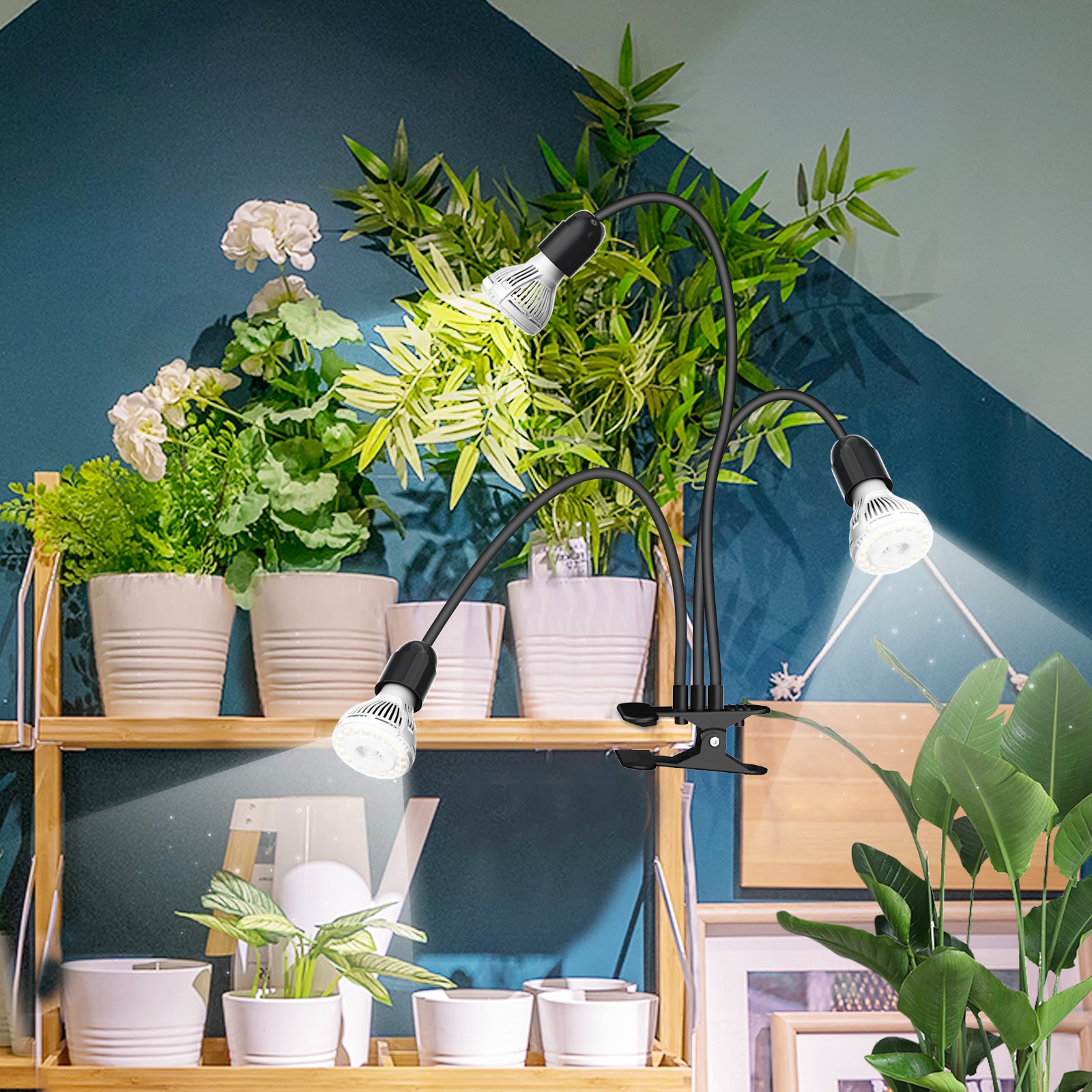With summer right around the corner, many indoor gardeners are excited to move their plants outside to take advantage of the warm weather and sunshine. However, while it may be tempting to simply move plants outside and let nature take its course, there are several key considerations to keep in mind to ensure that your plants thrive in their new outdoor environment.

1. Acclimate the plants
One of the most important things to keep in mind when moving indoor plants outside is the need to acclimate them to their new environment. This process should be done gradually over several days to prevent shock. Start by introducing the plants to outdoor conditions for just a few hours a day and gradually increase the duration over time.
When acclimating your plant, start by placing it in a shaded area outside for one to two hours on the first day, gradually increasing the outdoor exposure time over 7-10 days. Most plants can tolerate direct sunlight in the morning when it's less intense, so consider shifting the plant to morning sun exposure after five days of the acclimation process. Note that shaded light is best for plants that prefer indirect sunlight, and it's recommended that they are shielded from the sun by 10 a.m.
2. Light conditions
Light is crucial for any plant's growth and development, but different plants have different light requirements. Before moving your indoor plants outside, research their specific light needs to ensure that they are getting the right amount and intensity of light.
Proper acclimation is also crucial when moving sun-loving plants from indoor environments to outdoor spaces with intense sunlight. Without proper acclimation, even sun-loving plants can suffer from sunburn and display bleached foliage or brown striping causedby exposure to direct sunlight. While sunburn usually isn't lethal, trimming off affected leaves and relocating the plant to a shadier area will help it recover. The plant will bounce back and form new leaves.

If the sun is very strong outside, move the plants indoors. But if there's a lack of light in the room, and your plants are light-loving. Then maybe you need grow lamps.
SANSI full spectrum led grow bulbs and lamps have white light, very friendly to our eyes and can become a part of home décor. If you need them or interested in, you can click here to learn more.


3. Temperature and humidity
Outdoor temperatures can fluctuate greatly, so it's important to be aware of these fluctuations and monitor humidity levels to provide a favorable environment for the plants. Be sure to keep an eye out for excessively high or low temperatures, as well as any sudden temperature changes that could affect plant growth and cause stress.
It is safe to move your plants outdoors when outdoor temperatures consistently stay above 50°F. Be mindful of the weather forecast and bring your plants indoors if temperatures are expected to drop below 50°F overnight. You can safely return them outside when temperatures rise again.
In case your plants are inadvertently exposed to lower temperatures for a brief period, they should eventually recover and be fine. However, low temperatures below 50°F may stunt their growth for a few weeks, and extremely cold temperatures below freezing will likely kill most houseplants' leaves. Root systems, on the other hand, generally survive even after short exposures to cold weather.
4. Watering and soil
Outdoor conditions often require different watering habits than those needed for indoor environments. Adjust the watering frequency to account for increased heat and wind exposure, and make sure that the soil is suitable for outdoor use. Outdoor soil should also provide proper drainage to prevent root rot and other diseases.

5. Pests and diseases
Moving plants outdoors can increase their risk of being attacked by pests and diseases. Monitor the plants for signs of pests and diseases, and take preventive measures to avoid infestations. Consider using natural pest control methods or insecticides to protect your plants from harmful insects.
6. Location and placement
Plants' placement in relation to wind, sun exposure, and potential hazards should also be taken into consideration. For example, it's important to ensure that plants aren't exposed to too much direct sunlight or strong winds, which can cause damage.
7. Plan for their return
When summer comes to an end, it's important to prepare your indoor plants for their return indoors. Acclimate the plants gradually and monitor them for signs of stress. Always keep in mind that moving plants may have a significant impact on their growth, and careful planning and attention are necessary for a successful transition from indoors to outdoors and back again.
In conclusion, moving indoor plants outside can be a great way to take advantage of the warm weather, but it's important to keep these key considerations in mind to ensure that your plants thrive. By taking the time to acclimate the plants, monitor light conditions, temperature and humidity, watering habits, and insect infestation risks, you can ensure your plants have the best possible chance of success. Additionally, pay attention to placement and potential hazards, and always plan for the return indoors to keep your plants healthy and thriving all year long.
Looking for more growing knowledge? Click these blogs:
Full Guide – How to Choose the Right LED Grow Light for Indoor Plants
How Can A Full Spectrum Grow Light Affect Your Plants Grow?
The 36W led grow light the blog mentioned.
PAR30 36W LED Grow Light Bulb




Leave a comment
All comments are moderated before being published.
This site is protected by hCaptcha and the hCaptcha Privacy Policy and Terms of Service apply.